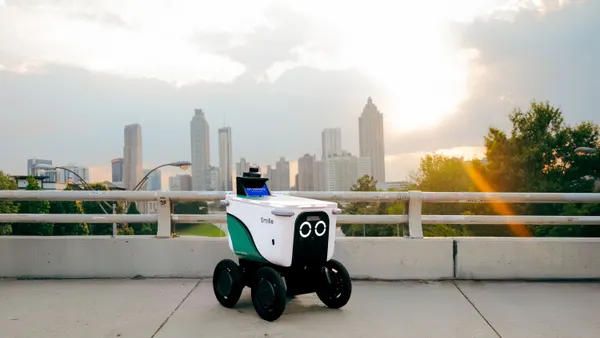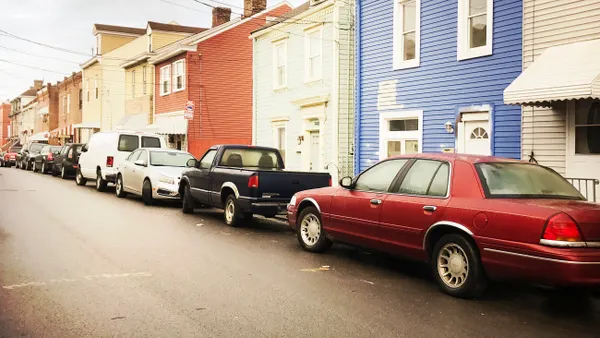Editor's Note: The following is a guest post from Bob Laskey, SVP of Americas at Tata Communications.
Around the world, young people are flocking to cities in search of economic opportunity and a better life. According to the United Nations, 54% of the world’s population lives in urban areas today, a proportion that is expected to increase to 66% by 2050.
With such rapid population growth, cities must be ready to accommodate and nurture a booming urban workforce and businesses must be equipped to take advantage of their skills.
Advancements in, and affordability and scalability of, emerging technology platforms like the internet of things (IoT) has created a golden opportunity for governments and companies to meet this demand. Organizations are embracing new platforms to boost connectivity, redesign cities and re-frame them into cultural narrative as social and economic hubs that will nurture their young workforce and enable business growth.
For a business example let’s look at Brazil, the ninth largest IT market in the world and the largest in Latin America. The country has invested in new networking infrastructure to address the growing digital demands of Brazilian enterprises and carriers. Multinational corporations with operations in Brazil can also connect to the platforms, thereby accelerating their digital transformation worldwide. Putting Brazil on the map in terms of global connectivity is a vital step which provides a solid foundation on which businesses and policy makers can build.
Beyond connectivity, countries and cities are racing to implement networks of connected things, testing connected smart city systems in areas such as building management, transport and energy to be able to call their city one of the first true "smart cities."
These types of technology projects highlight how IoT can revolutionize city infrastructure to create economic opportunity, especially in emerging markets like India. Networks of connected devices can solve societal problems associated with explosive urbanization like traffic control, healthcare and energy management.
The healthcare industry provides a perfect example of the impact of connected devices. Telehealth applications can bring healthcare to patients’ doorsteps. Now, people living away from cities don’t necessarily have to travel hundreds of miles to see a doctor or nurse to get treated or information about their health. As patients can capture data about their own health via wearable devices and doctors can communicate with patients through a combination of an online portal and networked devices. This could change the nature of the doctor-patient relationship and the way healthcare is delivered.
Another example can be seen in law enforcement and personal safety. Governments now have technology at their fingertips to use predictive crime analytics and video management systems to target crime hot spots. This gives the authorities more resources to predict and prevent crimes, ultimately driving down the crime rate and improve the overall safety of their cities. Other IoT-enabled safety devices like smoke detectors and home alarm systems can also enhance the precision of monitoring in real-time, and enable a more rapid response in the event of an emergency.
A challenge for everyone
In order to be leaders in the digital technology era, local governments must reach and embrace everyone, forming partnerships with companies and citizens alike that drive and enhance digital transformation. Some municipalities have embraced this approach through technology, and others have sought to create an environment that promotes teamwork through diversity and inclusion.
One such example of this type of government is the city of Helsinki, Finland. The city has built a rich tapestry of suburbs with a wide array of socioeconomic diversity. Education is high and accessible. This provides a structure that fosters diversity and creates a societal culture which weaves into its business environments.
Focusing on diversity and inclusion is critical to closing today’s societal gaps. But the transformation isn't easy. It requires leaders who can manage different viewpoints and maintain an environment of inclusivity. And, while embracing diversity is important there is no perfect model or balance between diversity and technology. Rather, a successful digital transformation hinges on having a global strategy which shows an acute awareness of local implementation needs. Only with this will businesses and cities be able to be truly connected globally and harness the power of IoT.









